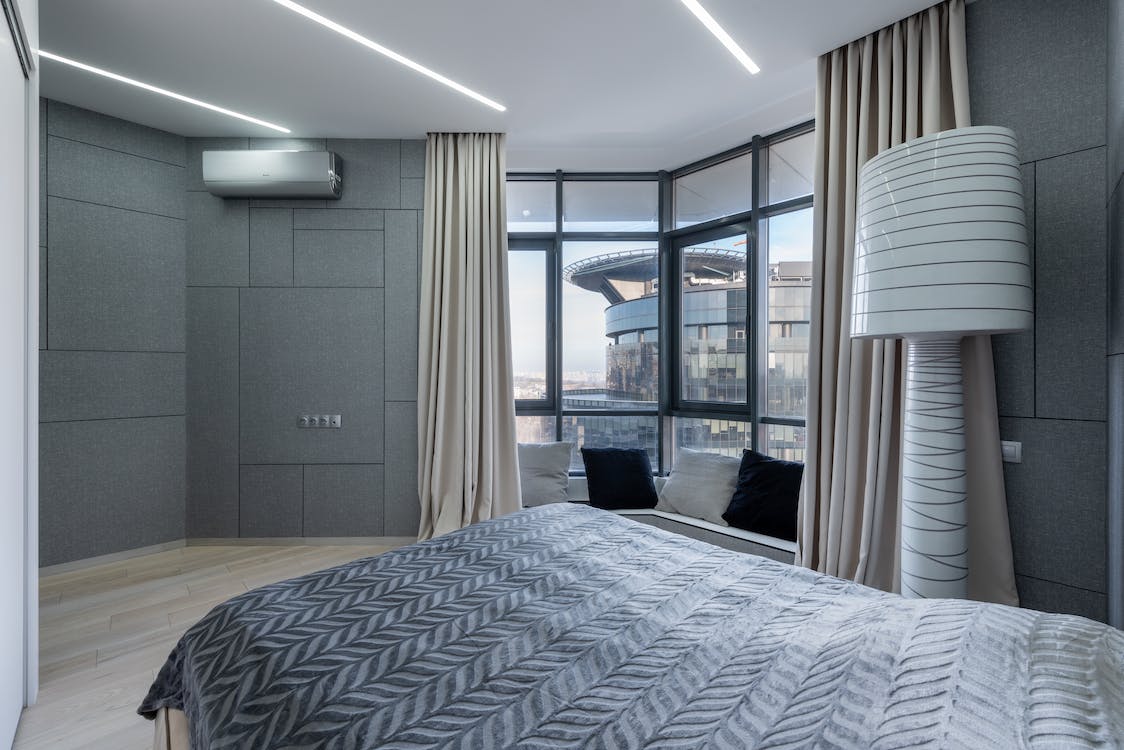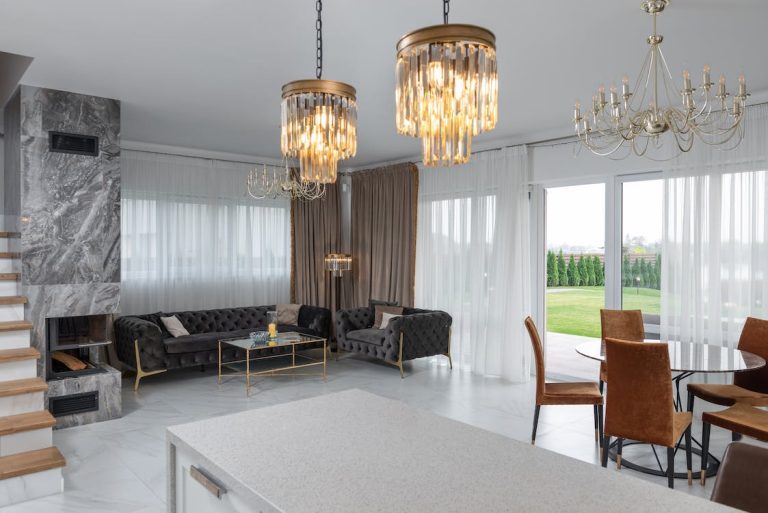Many homeowners face the challenge of a house that seems perpetually cold, regardless of how high the heating is turned up. This common issue not only affects the comfort of your living space but can also lead to increased energy bills as you strive to warm your home. Understanding why your house remains cold is crucial in implementing effective solutions. Various factors, from insufficient insulation to outdated heating systems, can contribute to this problem. Addressing these issues is not only about immediate comfort; it’s also about enhancing the energy efficiency and overall warmth of your home. In this article, we’ll explore six key reasons why your house might always feel cold and provide practical advice on how to fix these issues.
Inefficient Windows
One of the primary reasons for a cold house can be inefficient windows. The windows play a significant role in maintaining the internal temperature of your home.
Heat Loss Through Windows: Old, single-pane windows or those with poor insulation are often culprits for significant heat loss. Inefficient windows can let out the warm air from inside and allow the cold from outside to seep in, making it difficult to maintain a comfortable temperature.
Finding Solutions: Upgrading to double or triple-glazed windows can drastically reduce heat loss. These windows have multiple layers of glass with air or inert gas (like argon) between them, providing better insulation. Additionally, look for windows with a good energy rating to maximize efficiency.
Professional Help: Installing new windows is a task that benefits from professional expertise. Looking up the keyword best window installers near me on Google can lead you to skilled professionals who can ensure that your new windows are installed correctly, thereby maximizing their efficiency and effectiveness in keeping your home warm.
Inadequate Insulation
Insulation is key to keeping your home warm, as it helps in retaining the heat generated inside and blocking the cold from outside.
Insulation’s Role in Heat Retention: Proper insulation in your home’s walls, attic, and even floors plays a vital role in preventing heat escape. Over time, insulation can degrade, or there may have been insufficient insulation from the start, contributing to a colder home environment.
Improving Insulation: Assessing the current state of your insulation is the first step. You might need to add more insulation material or replace old, ineffective insulation. Materials like fiberglass, cellulose, or foam boards are commonly used for this purpose.
DIY vs. Professional Installation: While some insulation types can be installed as a DIY project, professional installation ensures that it is done correctly and safely, especially in harder-to-reach areas like attics or crawl spaces. Professionals can also advise on the best type of insulation for your specific needs.
Heating System Issues
The heating system is the heart of a home’s warmth. When it doesn’t function properly, it can be a major reason for a persistently cold house.
Common Heating System Problems: Issues such as an outdated furnace, clogged filters, or malfunctioning thermostats can significantly reduce the efficiency of your heating system. Even radiators need regular maintenance; for instance, they may need bleeding to remove trapped air that can hinder their heating capability.
Regular Maintenance: Scheduling regular maintenance by a qualified technician can help identify and fix these issues before they become major problems. Regular servicing not only ensures your heating system operates at peak efficiency but can also extend its lifespan.
Energy-Efficient Heating Solutions: If your heating system is old, it might be time for an upgrade. Modern heating systems are more energy-efficient and effective. Consider options like a high-efficiency furnace, heat pumps, or even hydronic systems for more consistent and economical heating.

Drafts and Air Leaks
A common yet often overlooked cause of a cold house is the presence of drafts and air leaks. These can occur around windows, doors, and even through electrical outlets and fixtures.
Identifying Drafts: Detecting air leaks requires a careful inspection of your home. On a windy day, you can feel for drafts by holding your hand around the edges of windows, doors, and any other potential gaps. Another method is using a lit candle or incense stick and watching for the smoke to waiver, indicating the presence of a draft.
Sealing Techniques: Once you’ve identified where drafts are coming from, the next step is to seal these leaks. It can be done through various methods, such as applying weatherstripping to doors and windows, using caulk to seal gaps around window frames, and installing draft stoppers or door sweeps. These measures are relatively inexpensive yet can significantly reduce cold drafts in your home.
Professional Assessments: For a more comprehensive evaluation, consider getting a professional energy audit. Energy auditors use specialized equipment to detect air leaks and insulation gaps, providing you with a detailed report on areas that need improvement.
Thermostat and Heating Controls
The way you manage your home’s heating can also contribute to how warm or cold it feels. An inefficiently used or malfunctioning thermostat can result in uneven heating and higher energy costs.
Thermostat Issues: Incorrect thermostat settings or a malfunctioning thermostat can lead to inconsistent heating. It’s important to set your thermostat at a consistent temperature that maintains comfort without overworking your heating system. If your thermostat is old or non-programmable, it may not be regulating the heat efficiently.
Smart Thermostats: Upgrading to a smart thermostat can make a significant difference. These devices allow for more precise temperature control and can learn your schedule, adjusting the heating automatically to suit your needs. Many smart thermostats can be controlled remotely via a smartphone app, providing convenience and efficiency.
Zone Heating Controls: Installing zone heating controls can also improve the warmth of your home. This system allows you to heat different areas of your house to different temperatures, ensuring that each room is heated according to its use and occupancy, thus reducing waste and improving comfort.
Poorly Designed or Placed Radiators
The placement and design of radiators in your home can greatly affect their efficiency and the overall warmth of your rooms.
Radiator Efficiency: Radiators should be properly sized and placed to heat a room effectively. If a radiator is too small, it won’t generate enough heat; if it’s hidden behind furniture or curtains, its efficiency will be significantly reduced. Ensuring your radiators are in the right location and free from obstructions is key to maximizing their output.
Optimizing Radiator Performance: Regular maintenance, for instance, bleeding radiators to remove air pockets, can improve their performance. Additionally, adding reflective panels behind radiators can help direct heat into the room rather than absorbing it into the walls.
Conclusion
A persistently cold house can be a source of discomfort and high energy costs, but it’s a problem that can often be resolved through relatively simple measures. Addressing issues such as inefficient windows, inadequate insulation, malfunctioning heating systems, drafts and air leaks, incorrect thermostat use, and poorly designed or placed radiators can significantly enhance the warmth and comfort of your home. By taking a holistic approach to these six areas, homeowners can enjoy a cozier living environment and potentially lower energy bills. The key is to identify the specific issues in your home and implement targeted solutions to create a warmer and more energy-efficient space.

